Crunch vote unanimously backs controversial 643-home redevelopment
Sheppard Robson’s controversial plans to redevelop east London’s Chrisp Street Market have won planning permission five months after councillors expressed significant doubts.
Members of Tower Hamlets council’s strategic development committee this week unanimously approved the proposals, which will see most of the area’s buildings demolished except for a core of groundbreaking post-war structures.
The decision paves the way for the delivery of a 19-building mixed-use scheme with 643 homes and around 18,000sq m of new non-residential space, including shops, cafes and a cinema for client housing association Poplar Harca and Telford Homes.
At the heart of Chrisp Street are buildings designed by Frederick Gibberd that were built as part of the Festival of Britain “Live Architecture Exhibition” in 1951, and which form one of the country’s first pedestrian shopping areas. They include Chrisp Street’s Clock Tower and the Festival Inn pub, which both obtained grade II listing during the application process.
Sheppard Robson’s scheme includes the provision of a new canopy and service building for the Market Square, and refurbishment for retained Festival of Britain buildings on Market Way and the north side of Market Square, which include shops and 43 homes.
Government heritage adviser Historic England said it was happy for Tower Hamlets to determine the application in accordance with local planning guidelines, but the 20th Century Society raised concerns about the impact of the height of Sheppard Robson’s proposed new buildings on the retained Festival of Britain buildings. It also called for the retention of Fitzgerald House, which is the market’s current tallest building.
A committee meeting in February voted to defer decision on the scheme after hearing a range of concerns over its affordable-housing levels, the potential for new drinking establishments to be the source of antisocial behaviour, and fears over the level of car parking to service the market.
The make-up of the committee has changed since local council elections in May, but Tuesday’s meeting was presented with fundamentally the same scheme that prompted concern before, accompanied with further detail from planning officers.
Officers said that because of the changes to committee membership, this week’s meeting needed to “fully consider afresh all aspects of the application scheme and not restrict itself to the reasons why the previous committee” deferred the decision. However their advice to approve remained unchanged.
Answering queries from February, the officers said the scheme would replace the affordable housing earmarked for demolition and provide an additional 76 affordable homes, making the overall scheme 31% affordable by unit count, 35.8% by habitable room count. They said independent analysis had confirmed that the development could not support more affordable housing than was currently proposed.
They added that increasing the scale and height of the scheme was one way that affordable housing levels could be increased, but said such increases would need to be “significant” in order to result in a meaningful increase in sub-market-rate homes. They added that such revisions would also create new heritage concerns.
In relation to the antisocial behaviour concerns, officers said the applicants had changed their proposals to remove one proposed “drinking establishment”, replacing it with restaurant/café use, meaning there was no change in the current number of bars.
On parking, officers accepted that the redevelopment – which will involve the loss of a 63-space supermarket car park – “may result in increased parking stress in the area” but said the proposal was in line with sustainable transport policy.
Recommending the plans for approval, they said Sheppard Robson’s design was considered acceptable in terms of its impact on local views and heritage assets, its layout, height, scale and massing.
“Officers consider that the substantial public benefits outweigh the less than substantial harm to heritage assets and the application is acceptable in design terms,” they said.
Tuesday’s approval of the proposals is subject to the ratification of London mayor Sadiq Khan because of the size of the project.









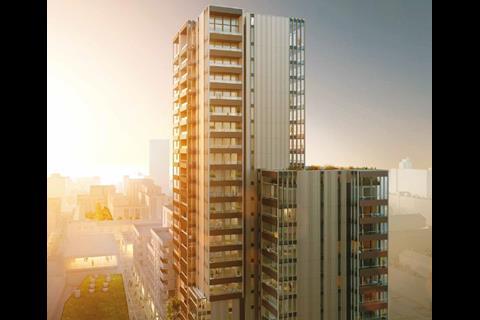

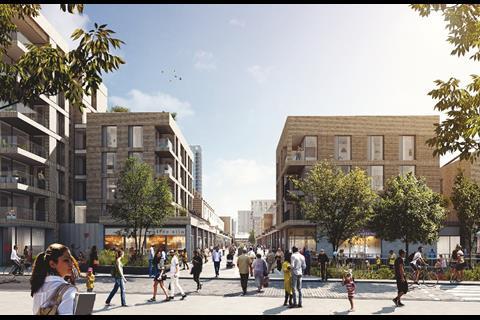

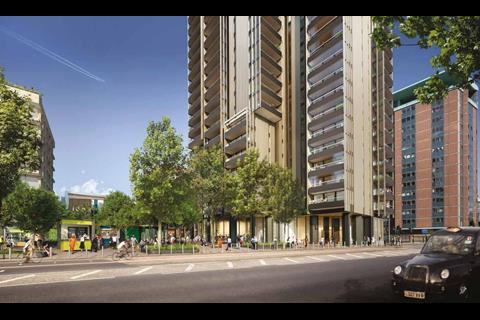
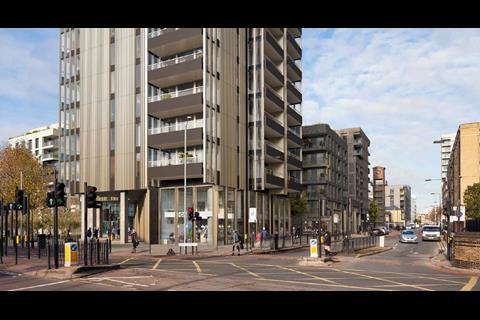

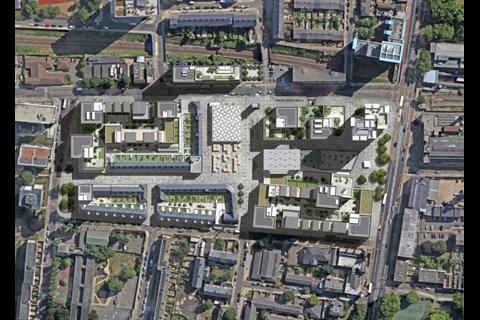

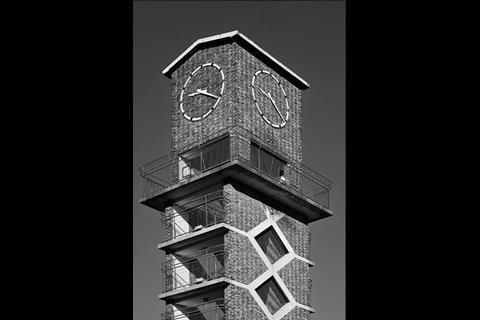
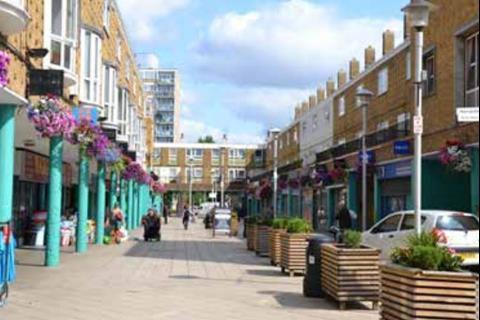
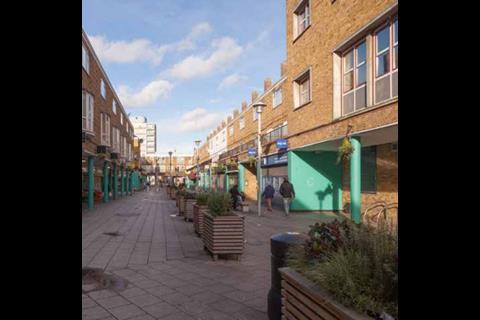
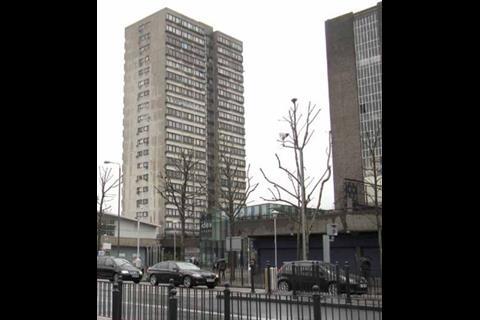
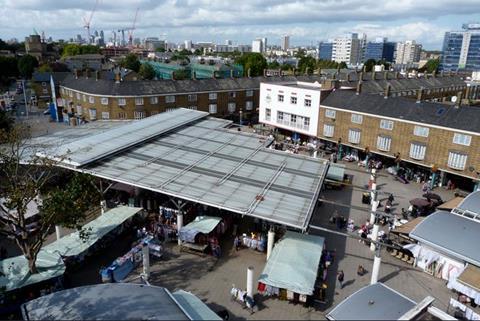






1 Readers' comment